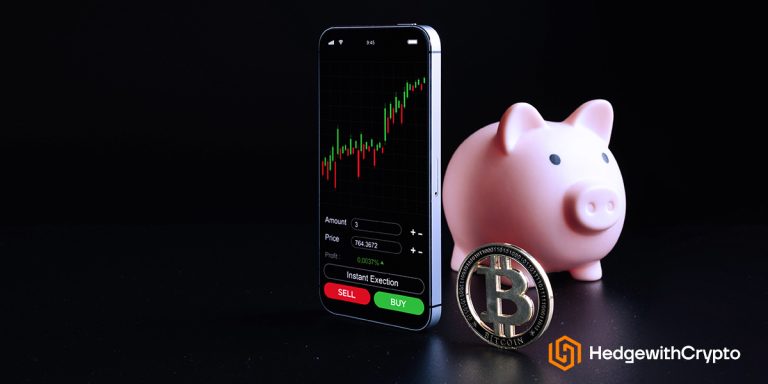This Is How You Build An ASIC Miner (In 6 Steps)
TABLE OF CONTENTS
Unfortunately, the upfront cost of purchasing competitive ASIC miners is beyond the reach of many investors. The alternative option is to build a DIY ASIC miner with the correct pre-built components. Here are the basic steps to build an ASIC miner using DIY pre-built components to mine a cryptocurrency:
- Assess the viability & costs of building an ASIC miner.
- Find and purchase components.
- Build the ASIC miner.
- Choose and install mining software.
- Set up a wallet and join a mining pool.
- Start mining crypto.
Here's How To Build An ASIC Miner At Home
Building an ASIC miner from scratch can be a cost-effective approach to mining cryptocurrencies. But, the process is not for the faint-hearted. Before purchasing the necessary components, it is important to evaluate the steps involved to decide if this option is suitable.
Step 1. Assess The Viability & Costs Of Building An ASIC Miner
The most important step when considering the option of building an ASIC miner is to assess the cost implications. Price estimates should be gathered for the ASIC miner components, electricity consumption, and mining software. The total cost can then be used to determine profitability.
- Mining hardware. There are multiple components required to build an ASIC miner. A price estimate needs to be acquired for each so that a total cost for the miner can be calculated. Once calculated, the total cost of components should be compared against the cost of purchasing a pre-built ASIC miner. If a new or second-hand ASIC miner can be acquired for less, it may not be worth taking the time to build one. It is also important to consider which cryptocurrency the miner will be built for. While the majority of components remain the same, the ASIC chips on the hashboard will need to be specific to the cryptocurrency due to be mined. Some ASIC hashboards may be cheaper than others.
- Electricity. ASIC miners consume large amounts of electricity, which makes electricity consumption an extremely important cost to consider. Based on the mining components, the kilowatts of energy used per day should be possible to estimate.
- Mining software. Before an ASIC miner can begin validating transactions and earning crypto block rewards, it must first be connected to the chosen blockchain network. This is achieved through mining software. Mining software can range in both programming requirements and price. While the majority are free, some can offer extra features that might come at a cost and should, therefore, be factored into the overall cost.
- Calculate profitability. Using the hashrate capacity and power input of the soon-to-be-built mining rig, online mining calculators can be used to determine if an ASIC miner will be profitable. Mining calculators, such as NiceHash, allow users to input the hashrate output of a machine as well as an estimate of the electricity consumption. Using those details, the likelihood of profitability can be estimated. It is important to remember that a mining calculator can only provide an estimate of profitability. Profitability may be affected by other factors including changes in electricity costs, changes in the price of crypto, and changes to mining difficulty. NiceHash, one of the popular cloud miners we've reviewed, offers a useful crypto calculator as shown below.
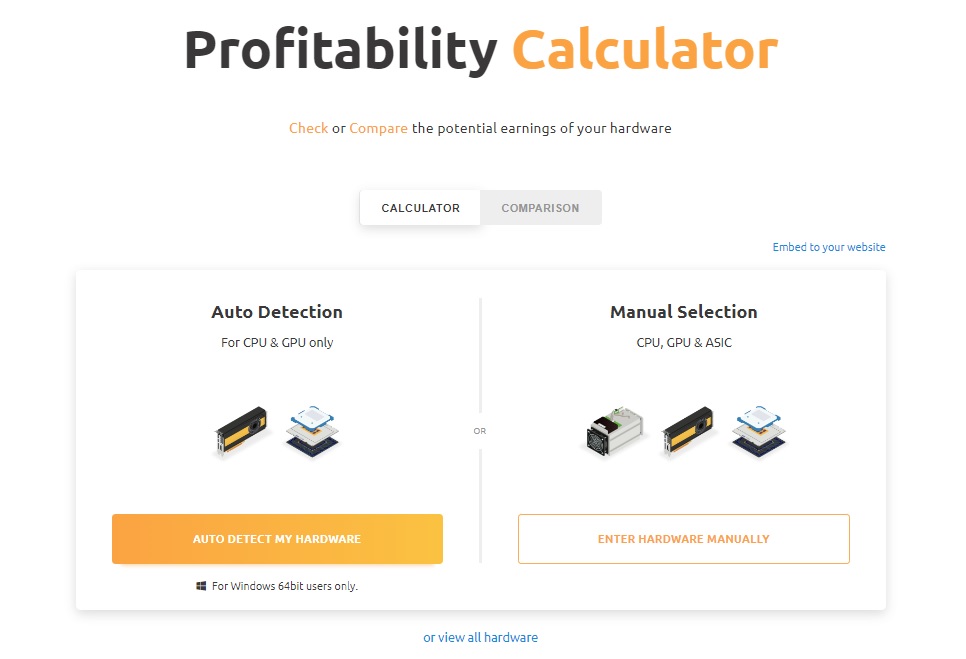
Step 2. Find And Purchase Components
Over seven key components are required to build an ASIC miner. Each needs to be found, purchased, and delivered. These include hasboards, heatsinks, cooling fans, printed circuit boards, RAM, PSU, and a rig frame.
Unfortunately, these ASIC mining components may be hard to come by via manufacturers. For certain components, it may be necessary to purchase components on a secondary marketplace or purchase second-hand ASIC machines that can be disassembled. Take care to purchase from trusted sources and ensure that components are tested before the ASIC miner is built.
Step 3. Build The ASIC Miner
Once the components have been delivered and tested, the ASIC miner is ready to be built. Although all the components are prebuilt, assembling them will still require a good level of technical skill and appreciation for how an ASIC miner works.
Here are some of the key steps for assembly:
- Create or assemble rig frame. The components that compose an ASIC miner need to be housed somewhere. This is the purpose of the rig frame. The rig frame can be pre-made or built out of other materials but needs to be large enough to house all of the necessary components. Alongside hashboards and the control board, the rig frame needs to have adequate entries for cooling fans and the power supply box.
- Attach cooling fans. Industrial ASIC miners have cooling fans positioned at either end of the rig frame to ensure that cool air is passed over the equipment. A DIY ASIC miner should mimic this setup. One cooling fan should blow cool air into the unit, while the other should extract warm air out.
- Position hashboards. In a pre-built ASIC miner, hashboards are aligned vertically and sit in parallel with one another. The positioning of each hashboard is aligned by small grooves cut into the rig frame. Small grooves help to keep the hashboards upright. Depending on the size of the rig frame and the capabilities of the power supply box, a custom-built ASIC miner can contain several hashboards. Many industrial ASIC miners contain 3 hashboards, which can house over 50 ASIC chips each.
- Position the printed circuit board and connect. After positioning the hashboards, the hashboards must then be connected to the printed circuit board; the brains of the miner. However, before being connected, the PCB must be attached to the rig frame. Most circuit boards have openings through which screws can be placed. The circuit board is often screwed onto the rig frame. The PCB can then be connected to each of the hashboards within the rig frame using ASIC data cables.
- Connect the power supply. The power supply box is the last component to be fitted to the rig frame. The power supply should be connected to the hashboards, the printed circuit board, and any additional fans. Any unnecessary cables should be tied off to the side so that airflow is not affected.
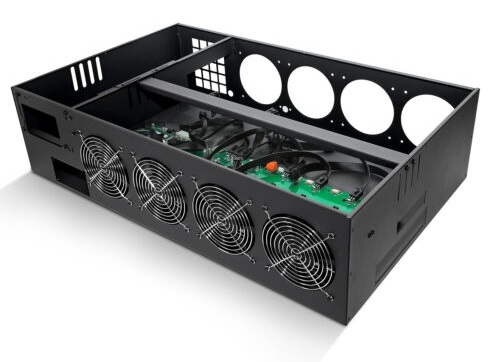
Step 4. Choose and install mining software
Mining software is required to connect a mining rig to a blockchain network. There is a vast range of mining software available, and it must be installed on an ASIC miner before crypto mining can begin. They will need to find and choose a reputable mining software based on a few key factors; user-friendliness, the operating system required, the cost, and any mining pool requirements. Fortunately, most mining software is applicable to several different blockchain networks, however, check to make sure a specific cryptocurrency is supported.
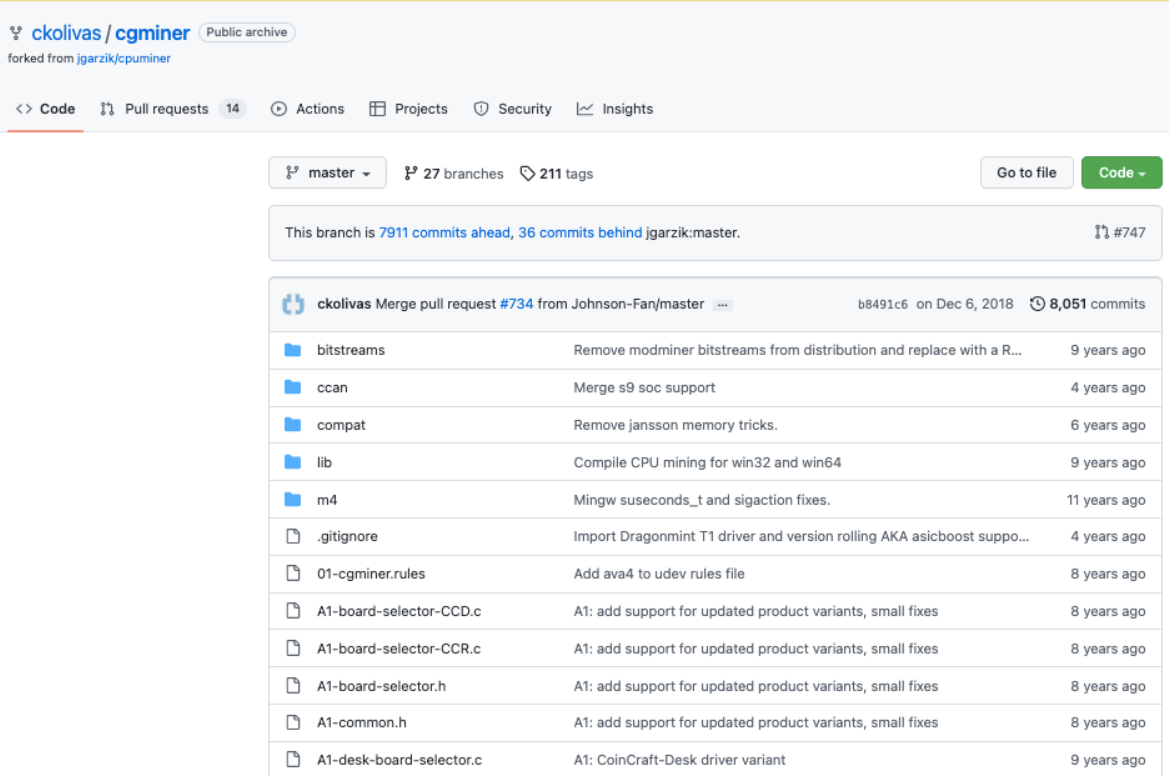
After a selection has been made, mining software needs to be downloaded onto the ASIC mining unit. Download the necessary files from the mining software provider and follow the guides provided to install the software in the correct location. Once installed, the mining software will need to be configured to the correct blockchain network and ASIC mining device. For some mining software, this may only take a few clicks. For others, it may require more detailed programming.
Step 5. Set up a wallet and join a mining pool
Finally, a crypto wallet needs to be created to store cryptocurrency block rewards. This needs to be entered into the mining software so that crypto-mining rewards can be collected safely.
For specific cryptocurrencies, such as Bitcoin, a mining pool may be required to stand a chance of competing. These pools consolidate mining resources so that individuals can compete against larger mining farms. For more information on the best mining pools for Bitcoin, read our full comparison article.
Step 6. Start mining with ASIC
After establishing a blockchain connection and creating a crypto wallet, the DIY ASIC miner is ready to start earning cryptocurrency block rewards. Remember, this is an extremely complex process, so it is important to double-check all connections before starting. Once mining is underway, cryptocurrencies will be automatically deposited into a chosen crypto wallet.
You Can Still Build ASIC Miners, But..
Yes, it is possible to build an ASIC miner but it is very challenging to make one from scratch as it comes with a host of difficulties that are not for beginners. Tracking down the individual components of an ASIC miner is the first challenge. ASIC manufacturers rarely stock individual components which means product sourcing will be difficult (but not impossible).
Moreover, these components will then need to be correctly assembled. Alongside assembly, the person will then need to be familiar with programming code and learn how to add mining software so that the ASIC miner can communicate with the chosen blockchain. If the challenge of building an ASIC miner is too complex, a DIY GPU mining rig is an alternative. Although not as powerful, GPUs can be purchased far more easily.
What Should Need To Consider Before Building An ASIC Miner
Before purchasing the components required to build an ASIC miner, every budding miner should consider some key factors.
- What cryptocurrency to mine? ASIC miners are dedicated to solving the mining algorithm of one cryptocurrency. For example, for those interested in mining Bitcoin, an ASIC miner would be needed that can solve Bitcoin’s SHA-256 algorithm. While there are a few other cryptocurrencies that utilize an SHA-256 algorithm, the list is short. The cryptocurrency chosen to mine will alter the equipment required for an ASIC machine.
- Will mining be profitable? After choosing a cryptocurrency, the second most important factor to consider is profitability. If the crypto mining venture is nowhere near profitable, it is not worth starting. Checking profitability will involve estimating the cost to build the ASIC miner, estimating running costs, how long it will take to mine 1 Bitcoin, and finally estimating potential rewards. Depending on the cryptocurrency, there are mining calculators that can help calculate mining returns based on specific equipment.
- Are components accessible? Building an ASIC mining rig requires a host of different components. Typically, these components need to be shipped from different corners of the world. Before trying to assemble a rig it is crucial to check that all components can be delivered to a specific location.
- Are connectivity and power requirements acceptable? Finally, the infrastructure needs to be adequate for an ASIC miner to function. ASIC machines require a consistent internet connection and a stable power supply. Unreliable internet or temperamental power will lead to an unprofitable mining venture.
These Are The Components You Needed To Make An ASIC Miner
There are multiple different components that are required to build an ASIC miner and some may be difficult to purchase directly from manufacturers. If parts are hard to come by, try searching on secondary marketplaces such as Facebook and eBay to see if secondhand devices can be acquired.
Here is a list of components that will be needed to create an ASIC miner.
- Hashboards. The hashboard in an ASIC miner completes the majority of the work. These boards are composed of ASIC chips that are focused on solving a specific crypto-mining algorithm, also known as a hash function. 1 ASIC miner can contain several hashboards to improve the processing power of the machine. Unfortunately, hashboards are rarely sold by a manufacturer. As a result, these boards may need to be found on secondary marketplaces.
- Heatsinks. All ASIC chips generate excessive amounts of heat. Therefore, the majority of machines require air cooling which is achieved via a combination of heatsinks and fans. Heatsinks are tall strands of aluminum that fit flush against a hashboard to draw heat away from it. Due to their size, these devices take up the majority of space in a mining rig. However, without them, the ASIC chips would likely overheat and burn out.
- Cooling fans. Cooling fans work in conjunction with heatsinks. They help to remove heat, which can reduce the device's efficiency. For each ASIC machine, 2 fans are often required: one to push cool air into the device and another to extract warm air from the device. To successfully cool ASIC miners, cooling fans tend to work at full capacity, which means that these devices can produce excessive noise (75-90 decibels).
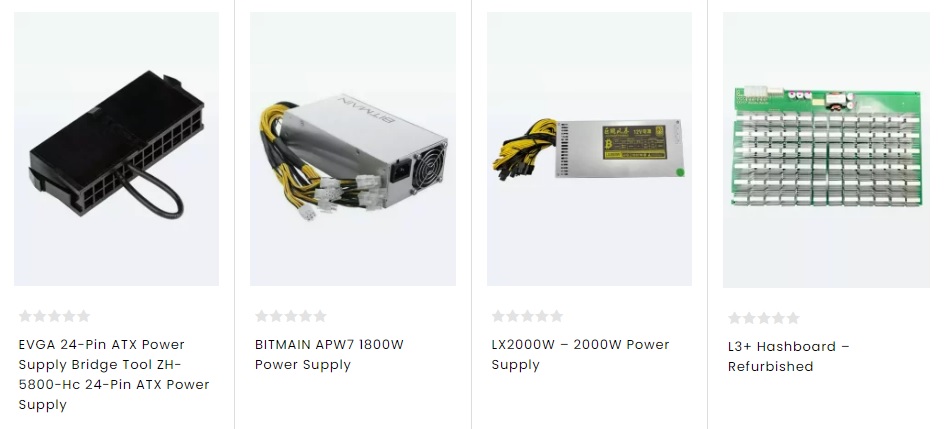
- Printed circuit board. All processing power from the hashboards is passed through a printed circuit board (PCB), which is the brains of a miner. Alongside distributing the power of hashboards, the PCB should also host an ethernet port, internal memory for mining software, and power buttons. All mining functions are first sent to the PCB and then on to the hashboards to be executed.
- RAM. Alongside the PCB, an ASIC miner will also require a small amount of RAM to host an operating system and bitcoin mining software. Between 4GB and 16GB of RAM should be adequate to store Windows OS and mining software.
- Power supply unit. Finally, power supply units are required to regulate the power to all mining components. There are several power supply units on the market, therefore, a good way to choose which one you need is to calculate how much power is required by each component. Some of the most common types are the Antminer power supplies, such as the APW7 and APW3. It is important to remember that when working with electricals, power supplies should only be loaded up to 80% of the max output.
- Rig frame. All of the components for an ASIC miner need to be fitted to a rig frame. Although a rig frame can be handmade, pre-built frames are more reliable. A frame may need to be the last item purchased after all other components have been delivered.
In addition to the components listed, an ASIC machine will also require data cables to connect the PCB to the hashboard and an ethernet cable to provide direct internet access.
Frequently Asked Questions
Can you build ASIC miners?
It is very difficult to create an ASIC miner from scratch but is not impossible. There are several challenges such as sourcing the components and correctly assembling them. Furthermore, the miner needs to have basic programming knowledge to set up the mining software and connect to the blockchain.
How much does an ASIC miner make?
How much money an ASIC miner makes depends on a range of different factors. Key variables for determining how much a miner makes include the hashrate output of the machine, the electrical consumption of the machine, and the price of the cryptocurrency being in mind.
Is GPU mining profitable?
GPU mining can still be a profitable venture. GPUs are not as efficient as ASIC mining chips but are more cost-friendly. Therefore, GPUs are less risky for those that are trialing crypto mining for the first time. DIY GPU mining rigs are also easier to expand with time if crypto mining becomes a venture of interest.
